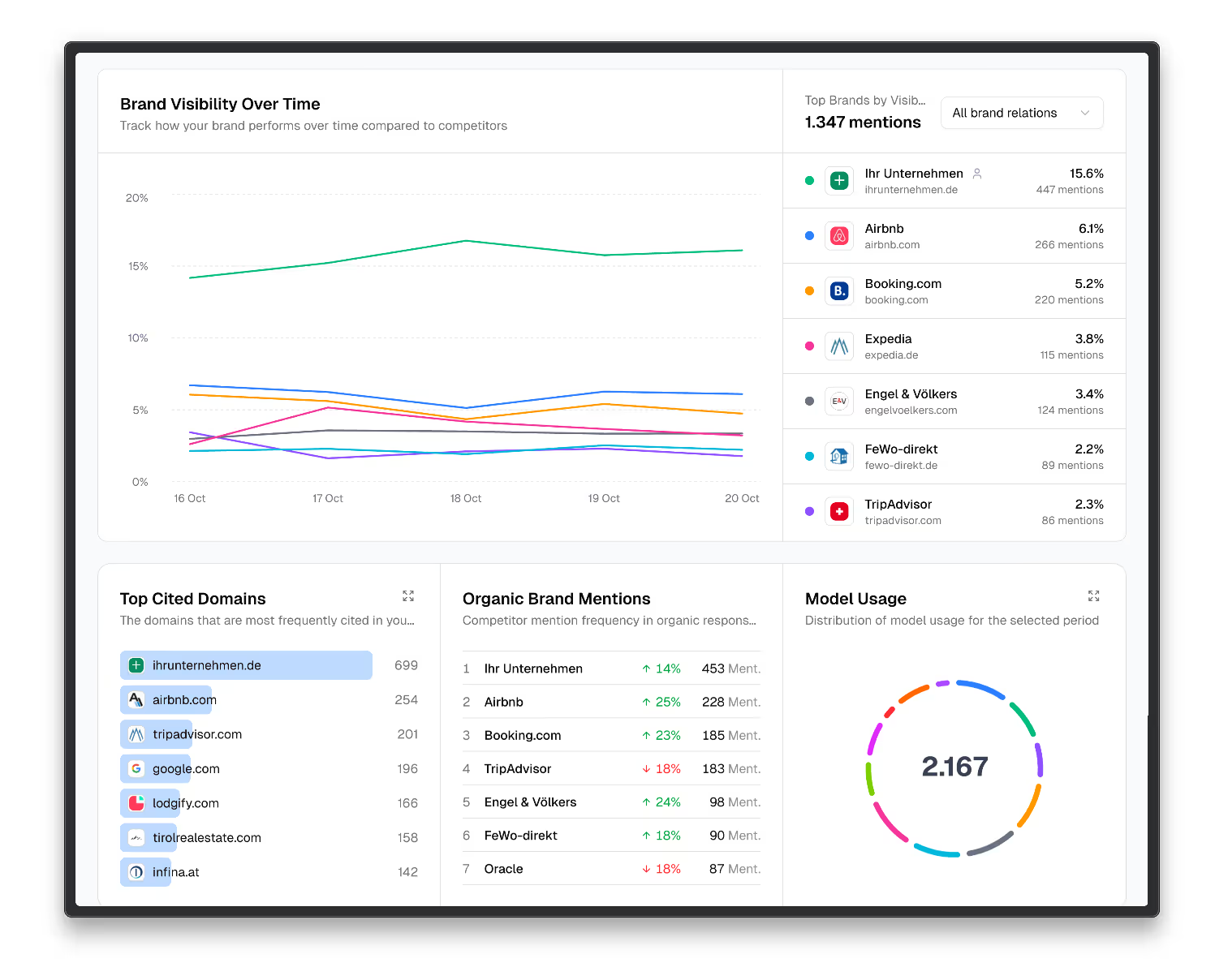Was ist Prototyping und wofür wird es eingesetzt?
Prototyping ist ein wichtiger Schritt im Design- und Entwicklungsprozess von Produkten, Anwendungen oder Systemen. Es bezieht sich auf die Erstellung eines vorläufigen Modells oder einer vereinfachten Version eines Produkts, um Designideen zu visualisieren, Funktionen zu testen, Konzepte zu validieren und Feedback von Benutzern oder Stakeholdern zu sammeln, bevor das endgültige Produkt entwickelt wird.
Die wichtigsten Merkmale und Ziele von Prototyping sind:
- Visualisierung: Prototypen dienen dazu, abstrakte Ideen und Konzepte in greifbare Modelle umzusetzen. Sie ermöglichen es den Beteiligten, das geplante Produkt zu sehen und zu verstehen.
- Interaktion: Interaktive Prototypen ermöglichen es den Benutzern, mit dem Produkt zu interagieren, um das Benutzererlebnis zu simulieren und zu bewerten.
- Funktionsprüfung: Prototypen können dazu verwendet werden, die Funktionalität von Teilen des Produkts zu überprüfen oder bestimmte Funktionen zu testen, um sicherzustellen, dass sie den Anforderungen entsprechen.
- Validierung: Durch die Vorführung von Prototypen bei Stakeholdern oder Benutzern können Designer und Entwickler wertvolles Feedback sammeln, um das Produkt zu verbessern und sicherzustellen, dass es den Bedürfnissen und Erwartungen entspricht.
- Risikominimierung: Prototyping kann dazu beitragen, potenzielle Probleme, Mängel oder Unklarheiten im Design oder Konzept frühzeitig zu erkennen, bevor umfangreiche Ressourcen in die endgültige Entwicklung investiert werden.
Es gibt verschiedene Arten von Prototypen, darunter:
- Low-Fidelity-Prototypen: Diese sind in der Regel einfach, grob und schnell erstellt. Sie können Skizzen, Drahtmodelle oder Papierprototypen sein und sind ideal, um grundlegende Konzepte und Ideen zu erfassen.
- High-Fidelity-Prototypen: Diese sind detaillierter und näher an der endgültigen Version des Produkts. Sie können digitale Prototypen, Mockups oder funktionierende Modelle sein und ermöglichen eine realistischere Bewertung von Funktionen und Benutzererfahrung.
- Interaktive Prototypen: Diese bieten Benutzern die Möglichkeit, tatsächlich mit dem Produkt zu interagieren. Sie können auf realen Code oder Prototyping-Tools basieren, die Interaktivität ermöglichen.
Prototyping kann in verschiedenen Branchen und Bereichen eingesetzt werden, darunter Softwareentwicklung, Produktdesign, Webdesign, Architektur, Maschinenbau und viele andere. Es ist ein entscheidender Schritt in der Produktentwicklung, da es dazu beiträgt, das Endprodukt zu optimieren, die Kommunikation zwischen Teammitgliedern zu verbessern und sicherzustellen, dass das Endergebnis den Anforderungen und Erwartungen entspricht.
